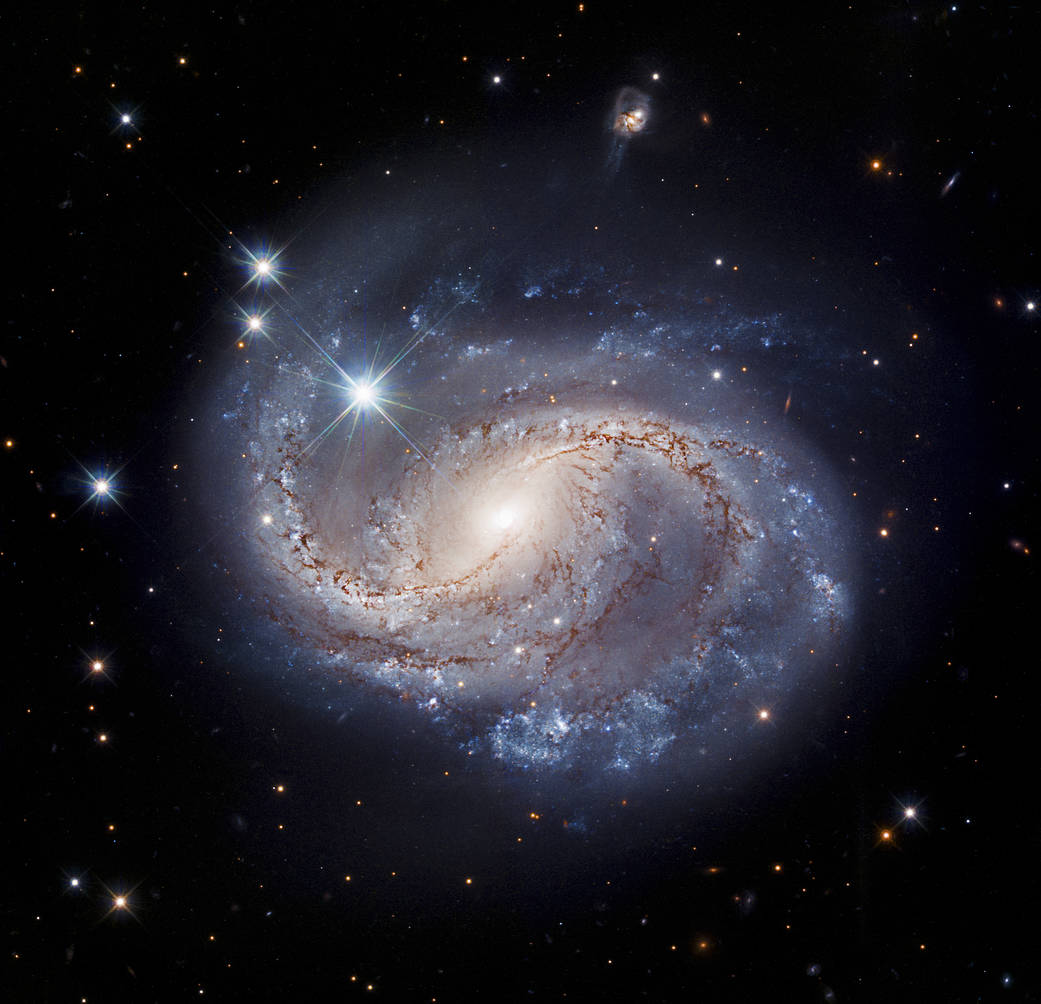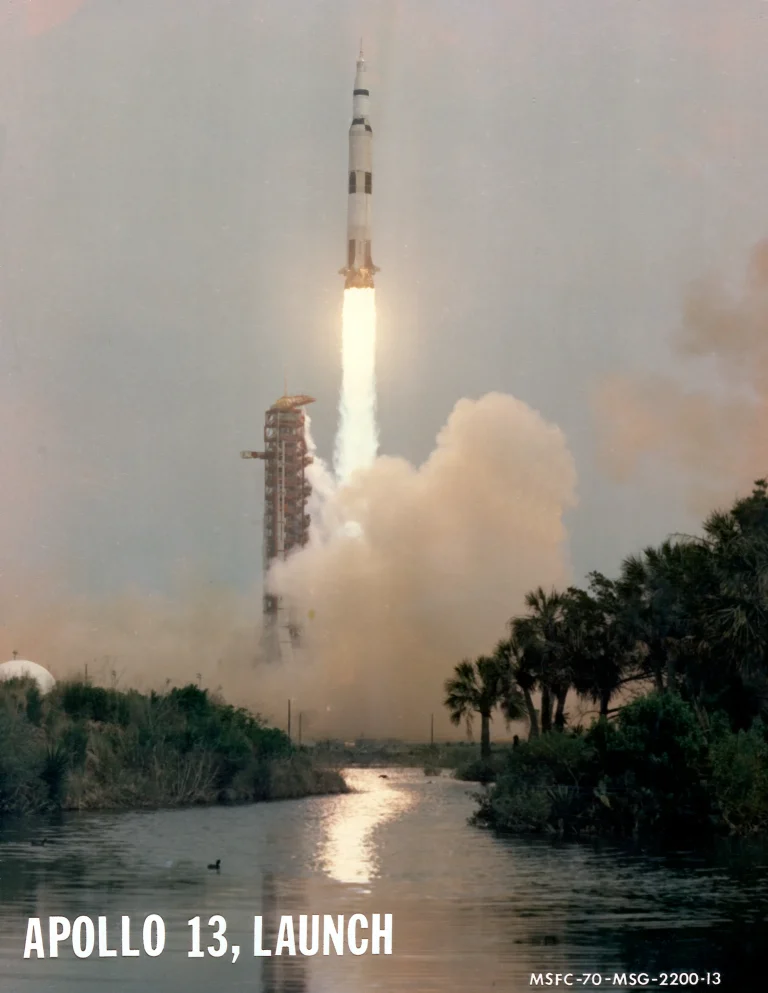Against an inky black backdrop, the blue swirls of spiral galaxy NGC 6956 stand out radiantly. NGC 6956 is a barred spiral galaxy, a common type of spiral galaxy with a bar-shaped structure of stars in its center. This galaxy exists 214 million light-years away in the constellation Delphinus.
Scientists used NASA’s Hubble Space Telescope to image NGC 6956 to study its Cepheid variable stars, which are stars that brighten and dim at regular periods. Since the period of Cepheid variable stars is a function of their brightness, scientists can measure how bright these stars appear from Earth and compare it to their actual brightness to calculate their distance. As a result, these stars are extremely useful in determining the distance of cosmic objects, which is one of the hardest pieces of information to measure for extragalactic objects.
This galaxy also contains a Type Ia supernova, which is the explosion of a white dwarf star that was gradually accreting matter from a companion star. Like Cepheid variable stars, the brightness of these types of supernovae and how fast they dim over time enables scientists to calculate their distance. Scientists can use the measurements gleaned from Cepheid variable stars and Type Ia supernovae to refine our understanding of the rate of expansion of the universe, also known as the Hubble Constant.
Image Credit: NASA, ESA, and D. Jones (University of California – Santa Cruz); Processing: Gladys Kober (NASA/Catholic University of America)
在漆黑的背景下,螺旋星系NGC 6956的蓝色漩涡显得格外耀眼。NGC 6956是一个棒旋星系,是一种常见的螺旋星系,其中心有棒状恒星结构。这个星系存在于距离我们2.14亿光年的飞燕座。
科学家们使用NASA的哈勃太空望远镜对NGC 6956进行了成像,以研究其造父变星,这是一种定期变亮或变暗的恒星。由于造父变星的周期是其亮度的函数,科学家们可以测量这些恒星在地球上的亮度,并将其与它们的实际亮度进行比较,从而计算出它们的距离。因此,这些恒星在确定宇宙物体的距离方面非常有用,这是测量银河河外天体最难的信息之一。
这个星系还包含一颗Ia型超新星,这是一颗白矮星的爆炸,该恒星正逐渐从伴星吸积物质。就像造父变星一样,这类超新星的亮度以及它们随时间变暗的速度使科学家能够计算出它们的距离。科学家可以利用从造父变星和Ia型超新星收集到的测量数据来加深我们对宇宙膨胀率的理解,也就是哈勃常数。
影像来源:NASA, ESA, and D. Jones (University of California – Santa Cruz); 影像处理:Gladys Kober (NASA/Catholic University of America)







